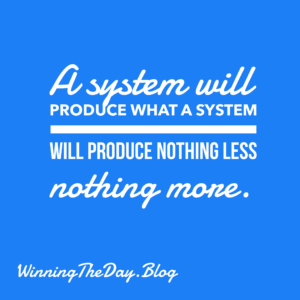Broker owners, are you looking for a way to differentiate your firm and attract high-caliber agents? In today’s dynamic real estate landscape, mastering a specific niche is more crucial than ever. And there’s one area that’s rapidly gaining prominence, particularly in commercial and high-end residential: off-market deals.
Let’s face it, we all know the drill. MLS listings, LoopNet, the traditional avenues. But as Mark Hulsey from Results Commercial recently pointed out, a significant portion of lucrative transactions are happening behind closed doors. This presents a unique challenge and an opportunity for your brokerage.
Why Off-Market? Why Now?
The allure of off-market deals is growing, and here’s why you should care:
- They’re Everywhere: Particularly in commercial and luxury residential, off-market opportunities are becoming increasingly common. Agents who can navigate this space are highly sought after.
- High-Stakes, High-Reward: These deals often involve substantial sums, making them incredibly attractive to both clients and agents.
- Expertise is Paramount: However, as Hulsey warns, the potential pitfalls are significant. Sellers can be severely shortchanged without proper representation. This is where your firm’s expertise becomes a game-changer.
The Niche Advantage: Attracting Top Talent
By positioning your organization as the expert in off-market transactions, you’ll attract agents who:
- Value Expertise: They understand the complexities of these deals and seek a firm that can provide the necessary support and guidance.
- Prioritize Client Interests: They recognize the importance of fiduciary duty and want to work with a brokerage that upholds the highest ethical standards.
- Seek Market Mastery: They’re driven to deeply understand the market, build strong networks, and analyze deals with precision.
Key Takeaways for Your Brokerage:
- Emphasize Fiduciary Duty: Reinforce the importance of acting in the client’s best interest, regardless of whether a deal is on or off-market.
- Build a Powerful Network: Cultivate relationships with key players in the industry. Your network is your net worth.
- Champion Ethical Behavior and Transparency: Establish your firm as a beacon of integrity in the off-market space.
- Develop Off-Market Expertise: Train your agents on the nuances of these transactions, including valuation, negotiation, and due diligence.
- Provide Advanced Tools and Resources: Equip your agents with the tools and resources they need to succeed in the off-market arena.
Think of it this way: The traditional market is the main game, but off-market deals are the “secret levels” that require advanced skills and knowledge. By mastering this niche, you’ll not only attract top agents but also provide your clients with unparalleled service.
Actionable Steps for Broker Owners:
- Educate Your Agents: Host workshops and seminars on off-market transactions.
- Create a Dedicated Off-Market Team: Assemble a team of experts to specialize in this area.
- Market Your Expertise: Highlight your firm’s off-market capabilities in your marketing materials.
- Foster a Culture of Collaboration: Encourage agents to share their knowledge and network.
The real estate world is evolving, and off-market deals are becoming increasingly prevalent. By embracing this niche, you can position your brokerage as a leader and attract the best and brightest agents in the industry. Remember, property management and real estate brokerage is about understanding the entire ecosystem, and those that master all levels of the game will win.




